Popular categories
Looking for a yarn?
November Flowers
Knitted jumper with raglan in 2 strands DROPS Delight. The piece is worked top down. Sizes S - XXXL.
DROPS Design: Pattern no de-200
Yarn group A + A or C
-------------------------------------------------------
SIZES:
S - M - L - XL - XXL – XXXL
MATERIALS:
DROPS DELIGHT from Garnstudio (belongs to yarn group A)
200-250-250-300-300-350 g colour 01, grey
200-250-250-300-300-350 g colour 05, beige/grey/pink
KNITTING TENSION:
17 stitches in width and 22 rows in height with stocking stitch and 2 strands = 10 x 10 cm.
NEEDLES:
DROPS DOUBLE POINTED NEEDLES SIZE 5 MM.
DROPS CIRCULAR NEEDLE SIZE 5 MM: Length 40 cm and 80 cm for stocking stitch.
DROPS DOUBLE POINTED NEEDLES SIZE 4 MM.
DROPS CIRCULAR NEEDLE SIZE 4 MM: Length 40 cm and 80 cm for rib.
Needle size is only a guide. If you get too many stitches on 10 cm, change to a larger needle size. If you get too few stitches on 10 cm, change to a smaller needle size.
-------------------------------------------------------
Alternative Yarn – See how to change yarns here
Yarn Groups A to F – Use the same pattern and change the yarn here
Yarn usage using an alternative yarn – Use our yarn converter here
-------------------------------------------------------
- English (UK/cm)
- Česky - not translated
- Dansk
- Deutsch
- Eesti keel
- English (US/in)
- Español
- Français
- Íslenska
- Italiano
- Magyar
- Nederlands
- Norsk
- Polski
- Português
- Suomi
- Svenska
- English (UK/cm), Bulgaria
- English (UK/cm), Croatia
- English (UK/cm), Greece
- English (UK/cm), Latvia
- English (UK/cm), Lithuania
- English (UK/cm), Romania
- English (UK/cm), Slovenia
- Česky, Slovakia - not translated
Pattern instructions
EXPLANATIONS FOR THE PATTERN:
-------------------------------------------------------
INCREASE TIP (evenly spaced):
To work out how to increase evenly, count the total number of stitches on the needle (e.g. 76 stitches) and divide by the number of increases to be made (e.g. 4) = 19.
In this example, increase by making 1 yarn over after each 19th stitch. On the next round knit the yarn overs twisted to avoid holes
ELEVATION (for back of neck):
Skip this section if you do not want an elevation.
Start from the wrong side and purl until you have worked 7-7-8-8-9-9 stitches past the marker thread at the beginning of the round, turn, tighten the strand and knit 14-14-16-16-18-18 stitches back. Turn, tighten the strand and purl 22-22-24-24-27-27 stitches, turn, tighten the strand and knit 29-29-32-32-36-36 stitches back. Turn, tighten the strand and purl 36-36-40-40-45-45 stitches, turn, tighten the strand and knit 43-43-48-48-54-54 stitches back. Turn, tighten the strand and purl back to the beginning of the round. Move the marker thread 14-14-15-17-18-20 stitches to the right. Cut the strand and work YOKE as described in the text.
RAGLAN:
Increase to raglan in each transition between body and sleeves as follows: Work until there are 2 stitches left before the marker thread, make 1 yarn over, knit 4 (the marker thread sits in the middle of these 4 stitches), make 1 yarn over (= 2 stitches increased). On the next round knit the yarn overs twisted to avoid holes. Then work the new stitches in stocking stitch. A total of 8 stitches are increased on each increase-round.
CASTING-OFF TIP:
To avoid the cast-off edge being tight use a ½ needle size larger.
DECREASE TIP (for sleeves):
Decrease 1 stitch on each side of the marker thread as follows: Work until there are 3 stitches left before the marker thread, knit 2 together, knit 2 (the marker thread sits between these 2 stitches), slip 1 stitch as if to knit, knit 1 and pass the slipped stitch over the knitted stitch.
-------------------------------------------------------
START THE PIECE HERE:
-------------------------------------------------------
JUMPER – SHORT OVERVIEW OF THE PIECE:
Neck, yoke and body are worked in the round with circular needle, top down.
After the neck you can work an elevation in the back of the neck to get a better fit and the neck will be slightly higher at the back. This elevation can be left out if you wish; the neck will then be the same front and back – see description in explanations. The sleeves are worked in the round with short circular needle/double pointed needles, top down.
NECK:
Cast on 76-80-84-88-92-96 stitches with short circular needle size 4 mm and 1 strand grey and 1 strand beige/grey/pink (= 2 strands). Knit 1 round. Then work rib in the round (= knit 2/ purl 2) for 2 cm. Knit 1 round where you increase 4-0-0-4-4-8 stitches evenly spaced – read INCREASE TIP = 80-80-84-92-96-96-104 stitches. Change to circular needle size 5 mm. Insert a marker thread at the beginning of the round. You can now work an ELEVATION in the back of the neck – read description above or go straight to YOKE.
YOKE:
Insert 4 marker threads in the piece without working the stitches as follows: The first marker thread is inserted at the beginning of the round, the second after 28-28-30-34-36-40 stitches (= back piece), the third after 12 more stitches (= sleeve) and the fourth after 28-28-30-34-36-40 more stitches (= front piece); there are 12 stitches left back to the first marker thread (= sleeve).
Work stocking stitch in the round, AT THE SAME TIME on round 2 start to increase to RAGLAN – read description above. Increase like this every 2nd round a total of 18-21-23-25-27-30 times. REMEMBER THE KNITTING TENSION!
After the last increase there are 224-248-268-292-312-344 stitches on the needle. Continue working without increasing until the piece measures 19-21-23-25-27-29 cm from the neck-edge mid front.
The next round is worked as follows:
Knit 65-71-77-85-92-102 stitches (= back piece), place the next 46-52-56-60-62-68 stitches on 1 thread for sleeve, cast on 6-6-8-8-10-10 new stitches on the needle (= in side under sleeve), knit 66-72-78-86-94-104 stitches (= front piece), place the next 46-52-56-60-62-68 stitches on 1 thread for sleeve, cast on 6-6-8-8-10-10 new stitches on the needle (= in side under sleeve) and knit the remaining 1-1-1-1-2-2 stitches (= back piece). Cut the strand. Body and sleeves are now finished separately. THE PIECE IS NOW MEASURED FROM HERE!
BODY:
= 144-156-172-188-208-228 stitches. Insert 1 marker thread in each side, in the middle of the 6-6-8-8-10-10 stitches cast on under each sleeve. Allow both to follow your work onwards; they will be used when increasing later.
Start the round at one the marker thread in the right side of piece (when jumper is worn) and continue with stocking stitch. Work until the piece measures 20-20-19-19-18-18 cm from the division.
The next round is worked as follows:
Work 72-78-86-94-104-114 stitches on the back piece and 25-25-28-28-32-33 stitches on the front piece. Work the next 22-28-30-38-40-48 stitches and then place them on 1 thread (= mid front). There are 25-25-28-28-32-33 stitches left to the beginning of the round on the front piece = 122-128-142-150-168-180 stitches on the needle.
Now start the rounded front; work stocking stitch back and forth as follows:
* Knit (right side) until there are 3 stitches left and place these stitches on the same thread as the stitches mid front, turn and purl (wrong side) until there are 3 stitches left and place these stitches on the same thread, turn *, work from *-* a total of 1-1-2-2-4-5 times = 116-122-130-138-144-150 stitches on the needle. * Knit (right side) until there are 2 stitches left and place these 2 stitches on the same thread, turn and purl (wrong side) until there are 2 stitches left and these also are placed on the same thread as the stitches mid front, turn *, work from *-* a total of 10-10-10-10-9-8 times = 76-82-90-98-108-118 stitches on the needle.
Place the stitches from the thread back on the same circular needle = 144-156-172-188-208-228 stitches. Continue in the round to finished length. Knit 1 round where you increase 36-36-40-44-52-56 stitches evenly spaced – remember INCREASE TIP = 180-192-212-232-260-284 stitches. Change to circular needle size 4 mm and work rib (= knit 2/ purl 2). When the rib measures 2 cm increase 1 stitch in each purled section. Then continue the rib as follows: * Knit 2/ purl 3 *, repeat from *-* to the end of the round. When the whole rib measures 6 cm cast off with knit over knit and purl over purl – read CASTING-OFF TIP.
SLEEVE:
Place the 46-52-56-60-62-68 stitches from the thread on the one side of the piece on short circular needle/double pointed needles size 5 mm and knit up 1 stitch in each of the 6-6-8-8-10-10 stitches cast on under the sleeve = 52-58-64-68-72-78 stitches.
Insert 1 marker thread in the middle of the 6-6-8-8-10-10 stitches under the sleeve and allow it to follow your work onwards; it will be used when decreasing mid under sleeve. Continue with stocking stitch. When the piece measures 2 cm from the division decrease 2 stitches mid under sleeve – read DECREASE TIP. Decrease like this every 5-3½-3-2-2-1½ cm a total of 8-10-12-14-15-17 times = 36-38-40-40-42-44 stitches. Continue working until the sleeve measures 40-38-37-35-33-32 cm from the division (shorter measurements in larger sizes due to wider neck and longer yoke). Knit 1 round where you increase 8-6-8-8-10-8 stitches evenly spaced = 44-44-48-48-52-52 stitches. Change to double pointed needles size 4 mm and work rib (= knit 2/ purl 2) for 6 cm. Cast off with knit over knit and purl over purl – remember CASTING-OFF TIP. Work the other sleeve in the same way.
Diagram

What can you do with our patterns? You can share DROPS patterns online, using the pattern original picture, materials, name and number. But you are NOT ALLOWED to reproduce the complete pattern digitally in any way. Yarn stores are welcome to use the DROPS pattern database to promote the sale of our assortment. You can print out our patterns, make as many copies as you’d like. The only thing we ask is that you don't make any changes / additions to the original printed document. And that the patterns according to the DROPS philosophy are given out to the consumers for free. Editorials that wish to publish our patterns in printed books or magazines can contact us for more information. The sale of garments based on DROPS patterns is permitted as long as they are sold as single items or per order. Further commercial use of the patterns is not permitted. It has to be clearly stated that the garment is made based on a design from DROPS DESIGN. The use of clothing labels of which DROPS DESIGN forms part is conditioned by the inclusion of the following text: “A DROPS DESIGN made by …..”. The use of DROPS photos for marketing purposes/sales is only permitted in connection with the use/sale of DROPS products. The photos may not be cut or edited and the logo should be clearly visible.
We reserve the right to withdraw the permission for use of our patterns at any time, notwithstanding the reason.
Each of our patterns has specific tutorial videos to help you.
These step-by-step tutorials might also help you:
Why is the knitting/crochet tension so important?
Knitting tension is what determines the final measurements of your work, and is usually measured per 10 x 10 cm. It is provided like so: number of stitches in width x number of rows in height - eg: 19 stitches x 26 rows = 10 x 10 cm.
The knitting tension is very individual; some people knit/crochet loosely while others work tightly. You adjust the knitting tension with the needle size, which is why the suggested needle size is only meant as a guide! You need to adjust this (up or down) to ensure that YOUR knitting tension matches the knitting tension provided in the pattern. If you work with a different knitting tension than provided you will have a different yarn consumption, and your work will have different measurements than what the pattern suggests.
The knitting tension also determines which yarns can replace each other. As long as you achieve the same knitting tension you can replace one yarn with another.
See DROPS lesson: How to measure your tension/gauge
See DROPS video: How to make a gauge tension swatch
How do I know how many balls of yarn I need?
The required amount of yarn is provided in grams, eg: 450 g. To calculate how many balls you’ll need you first need to know how many grams are in 1 ball (25g, 50g or 100g). This information is available if you click on the individual yarn quality on our pages. Divide the amount required with the amount of each ball. For example, if each ball is 50g (the most common amount), the calculation will be as follows: 450 / 50 = 9 balls.
Can I use a different yarn than what the pattern suggests?
The important thing when changing from one yarn to another is that the knitting/crochet tension remains the same. This is so that the measurements of the finished piece will be the same as on the sketch provided. It is easier to achieve the same knitting tension using yarns from the same yarn group. It is also possible to work with multiple strands of a thinner yarn to achieve the knitting tension of a thicker one. Please try our yarn converter. We recommend you to always work a test swatch.
Please NOTE: when changing yarn the garment might have a different look and feel to the garment in the photo, due to individual properties and qualities of each yarn.
See DROPS lesson: Can I use a different yarn than the one mentioned in the pattern?
What are the yarn groups?
All our yarns are categorised into yarn groups (from A to F) according to thickness and knitting tension – group A contains the thinnest yarns and group F the thickest. This makes it easier for you to find alternative yarns to our patterns, should you wish to switch yarn. All yarns within the same group have a similar knitting tension and can easily replace each other. However, different yarn qualities have different structures and properties which will give the finished work a unique look and feel.
How do I use the yarn calculator?
At the top of all our patterns you’ll find a link to our yarn calculator, which is a helpful tool should you wish to use a different yarn than suggested. By filling in the yarn quality you wish to replace, the amount (in your size) and number of strands, the calculator will present good alternative yarns with the same knitting tension. Additionally it will tell you how much you’ll require in the new qualities and whether you’ll need to work with multiple strands. Most skeins are 50g (some are 25g or 100g).
If the pattern is worked with multiple colours, every colour will have to be calculated separately. Similarly, if the pattern is worked with several strands of different yarns (for example 1 strand Alpaca and 1 strand Kid-Silk) you will have to find alternatives for each, individually.
Why do you show discontinued yarns in the patterns?
Since different yarns have different qualities and textures we have chosen to keep the original yarn in our patterns. However, you can easily find options among our available qualities by using our yarn calculator, or simply pick a yarn from the same yarn group.
It is possible that some retailers still have discontinued yarns in stock, or that someone has a few skeins at home that they would like to find patterns for.
The yarn calculator will provide both alternative yarn as well as required amount in the new quality.
What size should I knit?
If you think it's hard to decide what size to make, it can be a good idea to measure a garment you own already and like the size of. Then you can pick the size by comparing those measures with the ones available in the pattern's size chart.
You'll find the size chart at the bottom of the pattern.
See DROPS lesson: How to read size chart
Why do I get the wrong knitting tension with the suggested needle size?
The needle size provided in the pattern serves only as a guide, the important thing is to follow the knitting tension. And since knitting tension is very individual, you will have to adjust the needle size to ensure that YOUR tension is the same as in the pattern – maybe you’ll have to adjust 1, or even 2 needle sizes, up or down to achieve the correct tension. For this, we recommend that you work test swatches.
Should you work with a different knitting tension than the one provided, the measurements of the finished garment might deviate from the measurement sketch.
See DROPS lesson: How to measure your tension/gauge
See DROPS video: How to make a tension/gauge swatch
Why is the pattern worked top-down?
Working a garment top-down provides more flexibility and room for personal adjustment. For example it is easier to try the garment on while working, as well as making adjustments to length of yoke and shoulder caps.
The instructions are carefully explaining every step, in the correct order. Diagrams are adjusted to the knitting direction and are worked as usual.
How do I work according to a knitting diagram?
The diagram depicts all rows/rounds, and every stitch seen from the right side. It is read from bottom to top, from right to left. 1 square = 1 stitch.
When working back and forth, every other row is worked from the right side and every other row is worked from the wrong side. When working from the wrong side, the diagram will have to be worked reversed: from left to right, knit stitches are purled, purl stitches are knit etc.
When working in the round every round is worked from the right side and the diagram are worked from right to left on all rounds.
See DROPS lesson: How to read knitting diagrams
How do I work according to a crochet diagram?
The diagram depicts all rows/rounds, and every stitch seen from the right side. It is worked from bottom to top, from right to left.
When working back and forth every other row is worked from the right side: from right to left and every other row is worked from the wrong side: from left to right.
When working in the round, every row in the diagram are worked from the right side, from right to left.
When working a circular diagram you start in the middle and work your way outwards, counter clockwise, row by row.
The rows usually start with a given number of chain stitches (equivalent to the height of the following stitch), this will either be depicted in the diagram or explained in the pattern.
See DROPS lesson: How to read crochet diagrams
How do I work several diagrams simultaneously on the same row/round?
Instructions for working several diagrams after each other on the same row/round, will often be written like so: “work A.1, A.2, A.3 a total of 0-0-2-3-4 times". This means you work A.1 once, then A.2 is worked once, and A.3 is repeated (in width) the number of times provided for your size – in this case like so: S = 0 times, M = 0 times, L=2 times, XL= 3 times and XXL = 4 times.
The diagrams are worked as usual: begin with the first row in A.1, then work the first row in A.2 etc.
See DROPS lesson: How to read knitting diagrams
See DROPS lesson: How to read crochet diagrams
Why are the sleeves shorter in larger sizes?
The total width of the garment (from wrist-to-wrist) will be larger in the larger sizes, despite the actual sleeves being shorter. The larger sizes have longer sleeve caps and wider shoulders, so there will be a good fit in all sizes.
Where on the garment is the length measured?
The measurement sketch/schematic drawing provides information regarding the full length of the garment. If it’s a jumper or a jacket the length is measured from the highest point on the shoulder closest to the neckline, and straight down to the bottom of the garment. It is NOT measured from the tip of shoulder. Similarly, the length of yoke is measured from the highest point on the shoulder and down to where yoke is split into body and sleeves.
On a jacket measures are never taken along bands, unless specifically stated. Always measure inside band stitches when measuring the length.
See DROPS lesson: How to read a schematic drawing
What is a repeat?
Diagrams are often repeated on the round or in height. 1 repeat is the diagram the way it appears in the pattern. If it says to work 5 repeats of A.1 in the round, then you work A.1 a total of 5 times after/next to each other in the round. If it says to work 2 repeats of A.1 vertically/in height you work the entire diagram once, then begin again at the start and work the entire diagram one more time.
Why does the piece start with more chain stitches than it’s worked with?
Chain stitches are slightly narrower than other stitches and to avoid working the cast-on edge too tight, we simply chain more stitches to begin with. The stitch count will be adjusted on the following row to fit the pattern and measurement sketch.
Why increase before the rib edge when the piece is worked top-down?
The rib edge is more elastic and will contract slightly compared to, for example, stocking stitch. By increasing before the rib edge, you avoid a visible difference in width between the rib edge and the rest of the body.
Why increase in the cast-off edge?
It’s very easy to cast off too tightly, and by making yarn overs while casting off (and simultaneously casting these off) you avoid a too tight cast off edge.
See DROPS video: How to bind off with yarn overs (yo)
How do I increase/decrease on every 3rd and 4th row/round alternately?
To achieve an even increase (or decrease) you can increase on, for example: every 3rd and 4th row alternately, like so: work 2 rows and increase on the 3rd row, work 3 rows and increase on the 4th. Repeat this until the increase is complete.
See DROPS lesson: Increase or decrease 1 st on every 3rd and 4th row alternately
How can I work a jacket in the round instead of back and forth?
Should you prefer to work in the round instead of back and forth, you may of course adjust the pattern. You’ll need to add steeks mid-front (usually 5 stitches), and follow the instructions. When you would normally turn and work from the wrong side, simply work across the steek and continue in the round. At the end you’ll cut the piece open, pick up stitches to work bands, and cover the cut edges.
See DROPS video: How to knit steeks and cut open
Can I work a jumper back and forth instead of in the round?
Should you prefer to work back and forth instead of in the round, you may of course adjust the pattern so you work the pieces separately and then assemble them at the end. Divide the stitches for the body in 2, add 1 edge stitch in each side (for sewing) and work the front and back pieces separately.
See DROPS lesson: Can I adapt a pattern for circular needles into straight needles?
Why is the pattern slightly different than what I see in the photo?
Pattern repeats can vary slightly in the different sizes, in order to get the correct proportions. If you’re not working the exact same size as the garment in the photo, yours might deviate slightly. This has been carefully developed and adjusted so that the complete impression of the garment is the same in all sizes.
Make sure to follow instructions and diagrams for your size!
How do I make a women’s size garment into a men’s size one?
If you have found a pattern you like which is available in women’s size it’s not very difficult to convert it to men’s size. The biggest difference will be the length of sleeves and body. Start working on the women size that you think would fit across the chest. The additional length will be worked right before you cast off for the armhole/sleeve cap. If the pattern is worked top-down you can add the length right after the armhole or before the first decrease on sleeve.
Regarding additional yarn amount, this will depend on how much length you add, but it is better with a skein too many than too few.
How do I prevent a hairy garment from shedding?
All yarns will have excess fibres (from production) that might come off as lint or shedding. Brushed yarns (ie hairier yarns) have more of these loose, excess fibres, causing more shedding.
Shedding also depends on what is worn under or over the garment, and whether this pulls at the yarn fibres. It’s therefore not possible to guarantee that there will be no shedding
Below are some tips on how to get the best result when working with hairier yarns:
1. When the garment is finished (before you wash it) shake it vigorously so the looser hairs come off. NOTE: do NOT use a lint roller, brush or any method that pulls at the yarn.
2. Place the garment in a plastic bag and put it in your freezer - the temperature will cause the fibres to become less attached to each other, and excess fibres will come off easier.
3. Leave in the freezer for a few hours before taking it out and shaking it again.
4. Wash the garment according to the instructions on the yarn label.
Why does my garment pill?
Pilling is a natural process that happens to even the most exclusive of fibers. It's a natural sign of wear and tear that is hard to avoid, and that is most visible in high friction areas of your garment like a sweater's arms and cuffs.
You can make your garment look as new by removing the pilling, using a fabric comb or a pill/lint remover.
In the meantime, you can read the questions and answers that others have left to this pattern or join the DROPS Workshop on Facebook to get help from fellow knitters/crocheters!
You might also like...
November Flowers |
|
 |
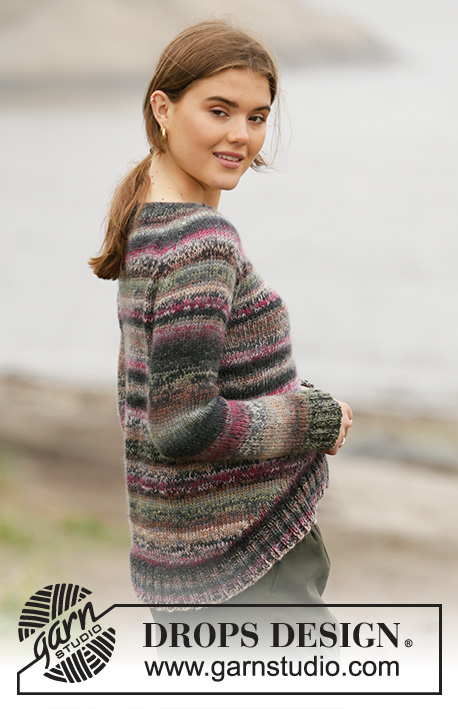 |
Knitted jumper with raglan in 2 strands DROPS Delight. The piece is worked top down. Sizes S - XXXL.
DROPS 206-40 |
|
|
------------------------------------------------------- EXPLANATIONS FOR THE PATTERN: ------------------------------------------------------- INCREASE TIP (evenly spaced): To work out how to increase evenly, count the total number of stitches on the needle (e.g. 76 stitches) and divide by the number of increases to be made (e.g. 4) = 19. In this example, increase by making 1 yarn over after each 19th stitch. On the next round knit the yarn overs twisted to avoid holes ELEVATION (for back of neck): Skip this section if you do not want an elevation. Start from the wrong side and purl until you have worked 7-7-8-8-9-9 stitches past the marker thread at the beginning of the round, turn, tighten the strand and knit 14-14-16-16-18-18 stitches back. Turn, tighten the strand and purl 22-22-24-24-27-27 stitches, turn, tighten the strand and knit 29-29-32-32-36-36 stitches back. Turn, tighten the strand and purl 36-36-40-40-45-45 stitches, turn, tighten the strand and knit 43-43-48-48-54-54 stitches back. Turn, tighten the strand and purl back to the beginning of the round. Move the marker thread 14-14-15-17-18-20 stitches to the right. Cut the strand and work YOKE as described in the text. RAGLAN: Increase to raglan in each transition between body and sleeves as follows: Work until there are 2 stitches left before the marker thread, make 1 yarn over, knit 4 (the marker thread sits in the middle of these 4 stitches), make 1 yarn over (= 2 stitches increased). On the next round knit the yarn overs twisted to avoid holes. Then work the new stitches in stocking stitch. A total of 8 stitches are increased on each increase-round. CASTING-OFF TIP: To avoid the cast-off edge being tight use a ½ needle size larger. DECREASE TIP (for sleeves): Decrease 1 stitch on each side of the marker thread as follows: Work until there are 3 stitches left before the marker thread, knit 2 together, knit 2 (the marker thread sits between these 2 stitches), slip 1 stitch as if to knit, knit 1 and pass the slipped stitch over the knitted stitch. ------------------------------------------------------- START THE PIECE HERE: ------------------------------------------------------- JUMPER – SHORT OVERVIEW OF THE PIECE: Neck, yoke and body are worked in the round with circular needle, top down. After the neck you can work an elevation in the back of the neck to get a better fit and the neck will be slightly higher at the back. This elevation can be left out if you wish; the neck will then be the same front and back – see description in explanations. The sleeves are worked in the round with short circular needle/double pointed needles, top down. NECK: Cast on 76-80-84-88-92-96 stitches with short circular needle size 4 mm and 1 strand grey and 1 strand beige/grey/pink (= 2 strands). Knit 1 round. Then work rib in the round (= knit 2/ purl 2) for 2 cm. Knit 1 round where you increase 4-0-0-4-4-8 stitches evenly spaced – read INCREASE TIP = 80-80-84-92-96-96-104 stitches. Change to circular needle size 5 mm. Insert a marker thread at the beginning of the round. You can now work an ELEVATION in the back of the neck – read description above or go straight to YOKE. YOKE: Insert 4 marker threads in the piece without working the stitches as follows: The first marker thread is inserted at the beginning of the round, the second after 28-28-30-34-36-40 stitches (= back piece), the third after 12 more stitches (= sleeve) and the fourth after 28-28-30-34-36-40 more stitches (= front piece); there are 12 stitches left back to the first marker thread (= sleeve). Work stocking stitch in the round, AT THE SAME TIME on round 2 start to increase to RAGLAN – read description above. Increase like this every 2nd round a total of 18-21-23-25-27-30 times. REMEMBER THE KNITTING TENSION! After the last increase there are 224-248-268-292-312-344 stitches on the needle. Continue working without increasing until the piece measures 19-21-23-25-27-29 cm from the neck-edge mid front. The next round is worked as follows: Knit 65-71-77-85-92-102 stitches (= back piece), place the next 46-52-56-60-62-68 stitches on 1 thread for sleeve, cast on 6-6-8-8-10-10 new stitches on the needle (= in side under sleeve), knit 66-72-78-86-94-104 stitches (= front piece), place the next 46-52-56-60-62-68 stitches on 1 thread for sleeve, cast on 6-6-8-8-10-10 new stitches on the needle (= in side under sleeve) and knit the remaining 1-1-1-1-2-2 stitches (= back piece). Cut the strand. Body and sleeves are now finished separately. THE PIECE IS NOW MEASURED FROM HERE! BODY: = 144-156-172-188-208-228 stitches. Insert 1 marker thread in each side, in the middle of the 6-6-8-8-10-10 stitches cast on under each sleeve. Allow both to follow your work onwards; they will be used when increasing later. Start the round at one the marker thread in the right side of piece (when jumper is worn) and continue with stocking stitch. Work until the piece measures 20-20-19-19-18-18 cm from the division. The next round is worked as follows: Work 72-78-86-94-104-114 stitches on the back piece and 25-25-28-28-32-33 stitches on the front piece. Work the next 22-28-30-38-40-48 stitches and then place them on 1 thread (= mid front). There are 25-25-28-28-32-33 stitches left to the beginning of the round on the front piece = 122-128-142-150-168-180 stitches on the needle. Now start the rounded front; work stocking stitch back and forth as follows: * Knit (right side) until there are 3 stitches left and place these stitches on the same thread as the stitches mid front, turn and purl (wrong side) until there are 3 stitches left and place these stitches on the same thread, turn *, work from *-* a total of 1-1-2-2-4-5 times = 116-122-130-138-144-150 stitches on the needle. * Knit (right side) until there are 2 stitches left and place these 2 stitches on the same thread, turn and purl (wrong side) until there are 2 stitches left and these also are placed on the same thread as the stitches mid front, turn *, work from *-* a total of 10-10-10-10-9-8 times = 76-82-90-98-108-118 stitches on the needle. Place the stitches from the thread back on the same circular needle = 144-156-172-188-208-228 stitches. Continue in the round to finished length. Knit 1 round where you increase 36-36-40-44-52-56 stitches evenly spaced – remember INCREASE TIP = 180-192-212-232-260-284 stitches. Change to circular needle size 4 mm and work rib (= knit 2/ purl 2). When the rib measures 2 cm increase 1 stitch in each purled section. Then continue the rib as follows: * Knit 2/ purl 3 *, repeat from *-* to the end of the round. When the whole rib measures 6 cm cast off with knit over knit and purl over purl – read CASTING-OFF TIP. SLEEVE: Place the 46-52-56-60-62-68 stitches from the thread on the one side of the piece on short circular needle/double pointed needles size 5 mm and knit up 1 stitch in each of the 6-6-8-8-10-10 stitches cast on under the sleeve = 52-58-64-68-72-78 stitches. Insert 1 marker thread in the middle of the 6-6-8-8-10-10 stitches under the sleeve and allow it to follow your work onwards; it will be used when decreasing mid under sleeve. Continue with stocking stitch. When the piece measures 2 cm from the division decrease 2 stitches mid under sleeve – read DECREASE TIP. Decrease like this every 5-3½-3-2-2-1½ cm a total of 8-10-12-14-15-17 times = 36-38-40-40-42-44 stitches. Continue working until the sleeve measures 40-38-37-35-33-32 cm from the division (shorter measurements in larger sizes due to wider neck and longer yoke). Knit 1 round where you increase 8-6-8-8-10-8 stitches evenly spaced = 44-44-48-48-52-52 stitches. Change to double pointed needles size 4 mm and work rib (= knit 2/ purl 2) for 6 cm. Cast off with knit over knit and purl over purl – remember CASTING-OFF TIP. Work the other sleeve in the same way. |
|

|
|
|
Have you made this or any other of our designs? Tag your pictures in social media with #dropsdesign so we can see them! Do you need help with this pattern?You'll find tutorial videos, a Comments/Questions area and more by visiting the pattern on garnstudio.com. © 1982-2024 DROPS Design A/S. We reserve all rights. This document, including all its sub-sections, has copyrights. Read more about what you can do with our patterns at the bottom of each pattern on our site. |
|
With over 40 years in knitting and crochet design, DROPS Design offers one of the most extensive collections of free patterns on the internet - translated to 17 languages. As of today we count 304 catalogues and 11422 patterns - 11422 of which are translated into English (UK/cm).
We work hard to bring you the best knitting and crochet have to offer, inspiration and advice as well as great quality yarns at incredible prices! Would you like to use our patterns for other than personal use? You can read what you are allowed to do in the Copyright text at the bottom of all our patterns. Happy crafting!

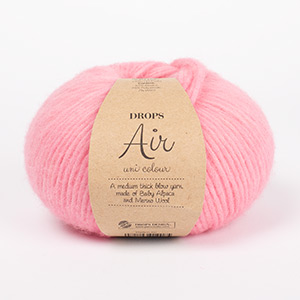





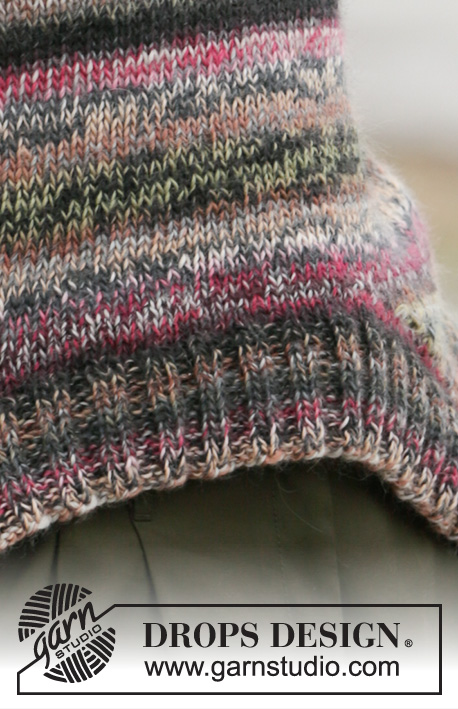


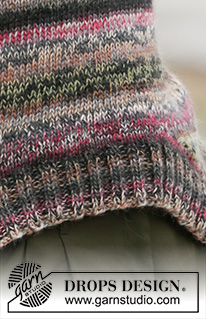

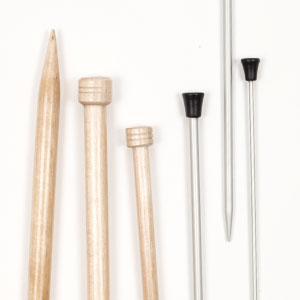

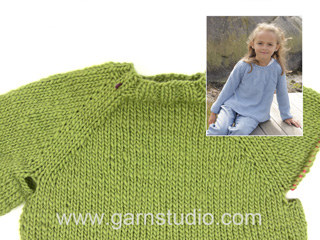
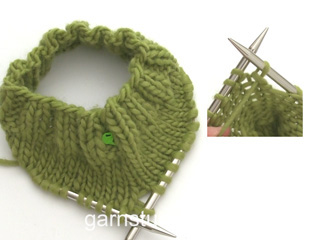

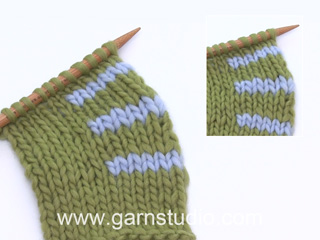
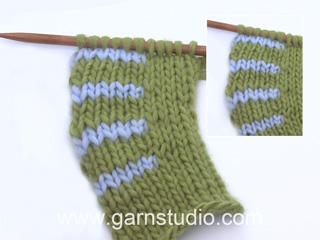
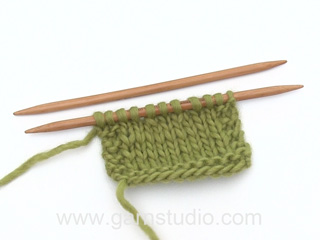
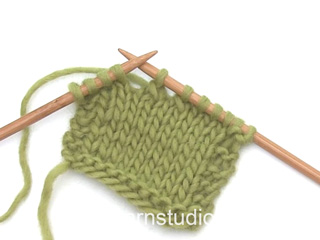
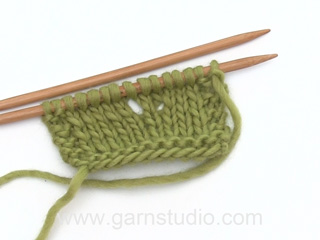


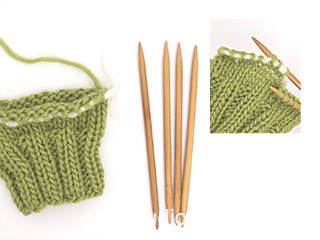

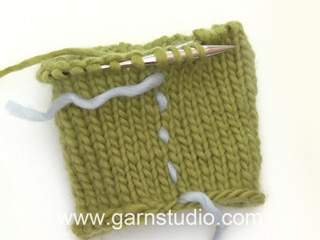
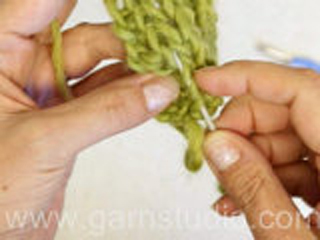
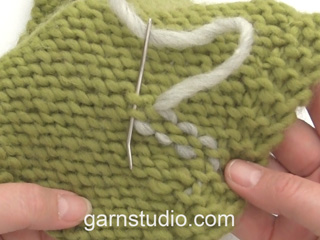
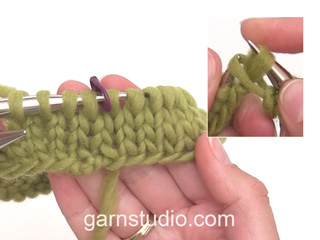
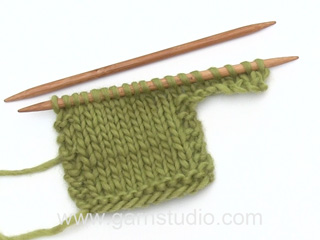


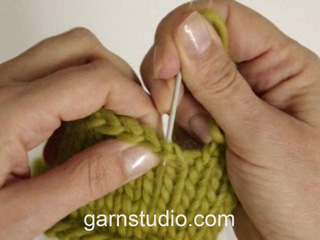
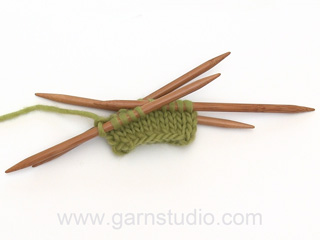
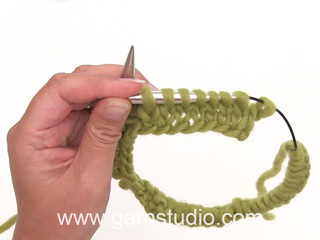
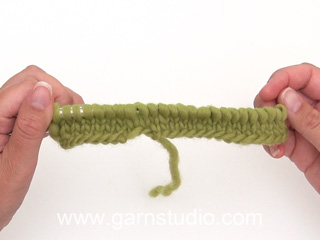
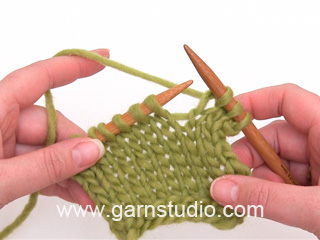
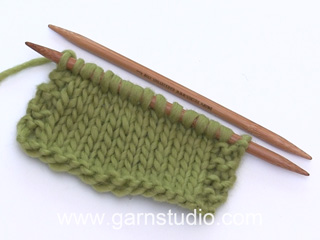
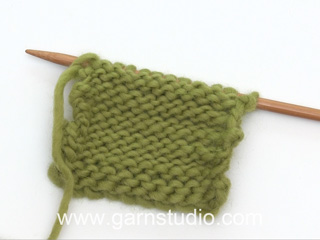
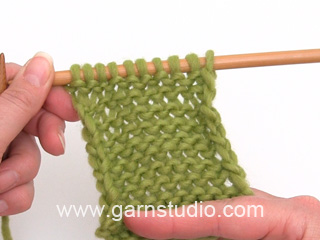
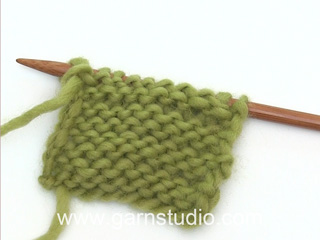

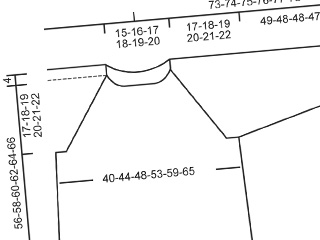
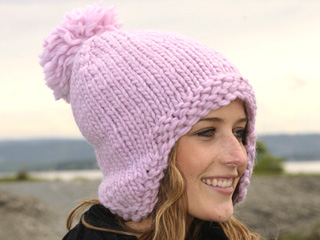
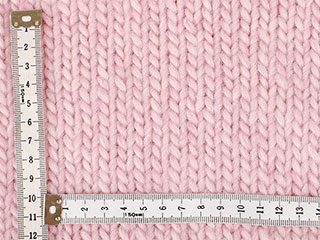
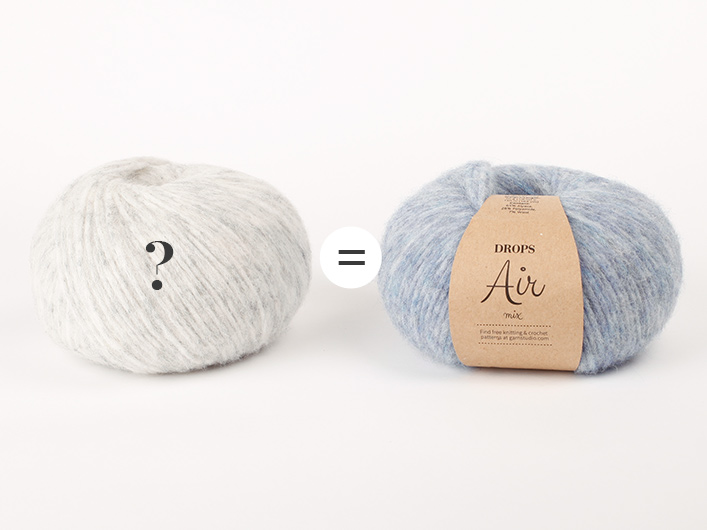

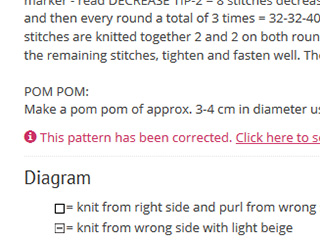
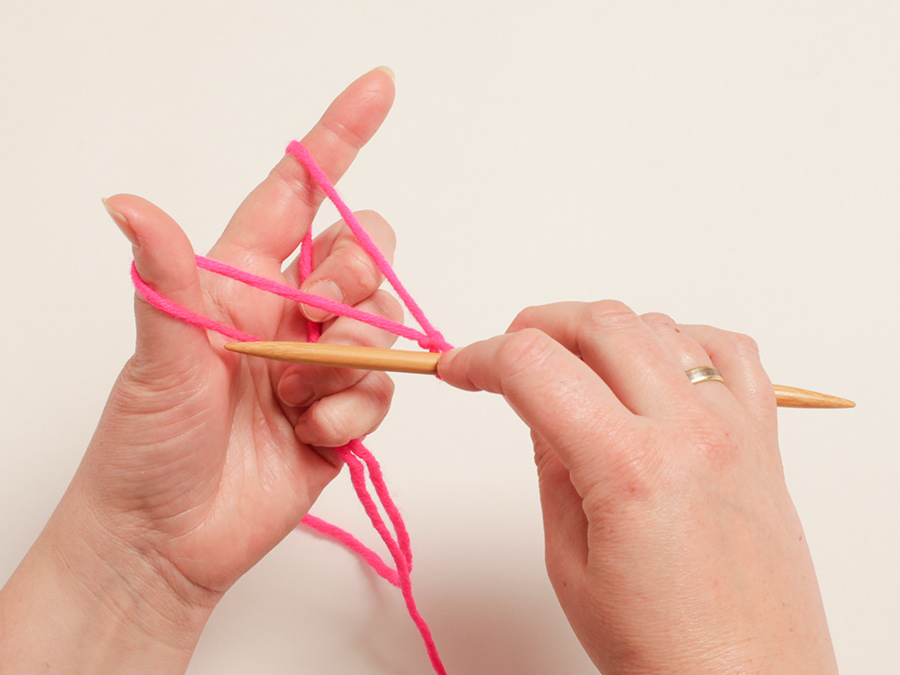
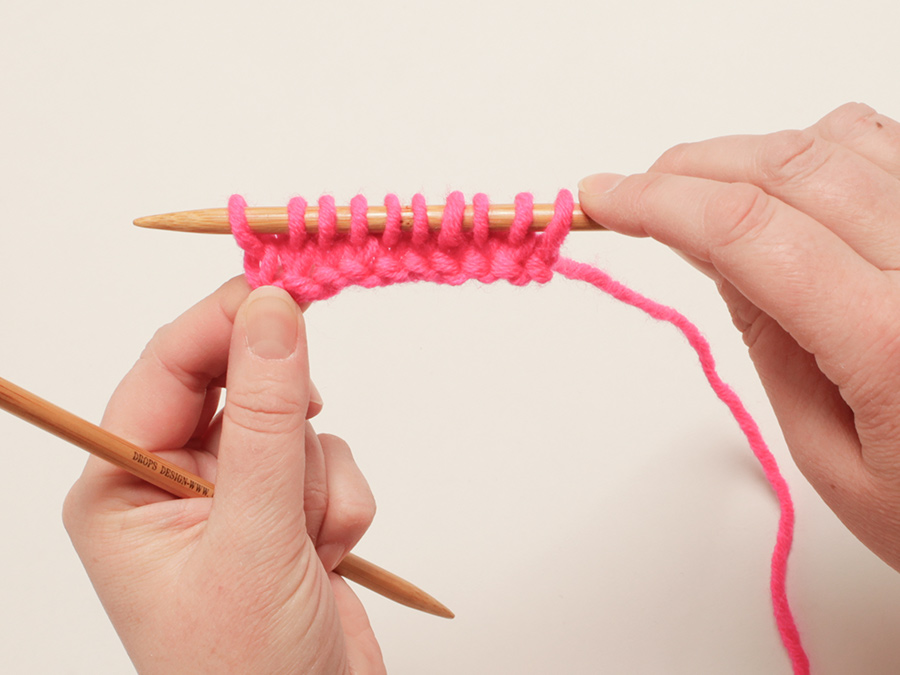

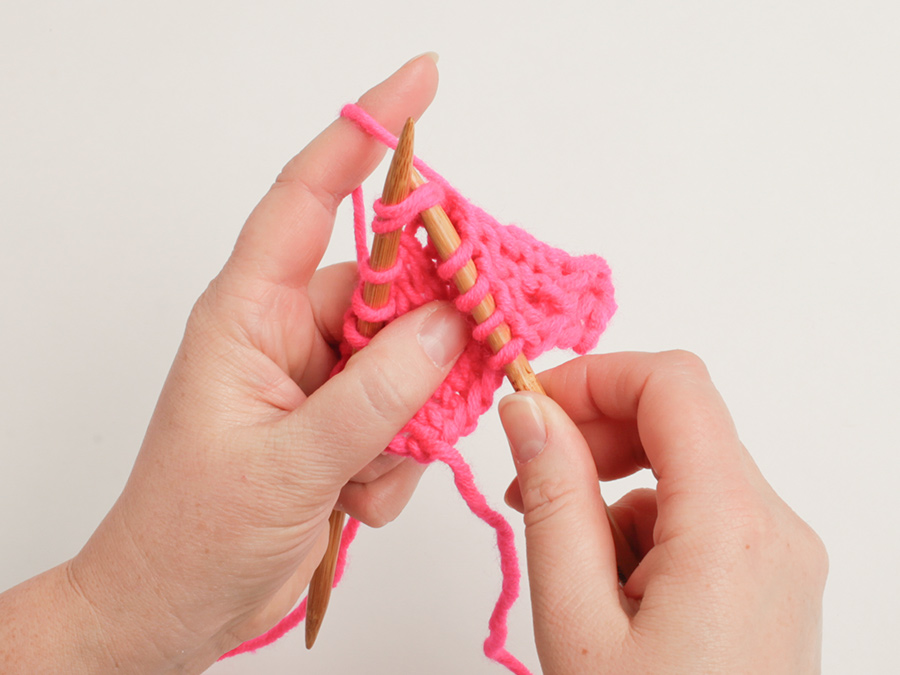
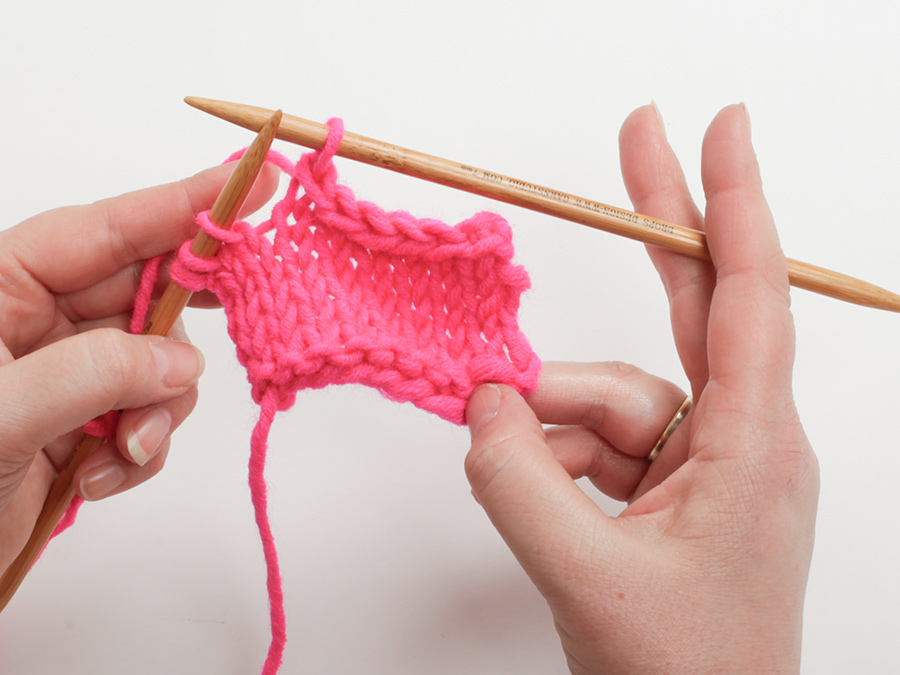
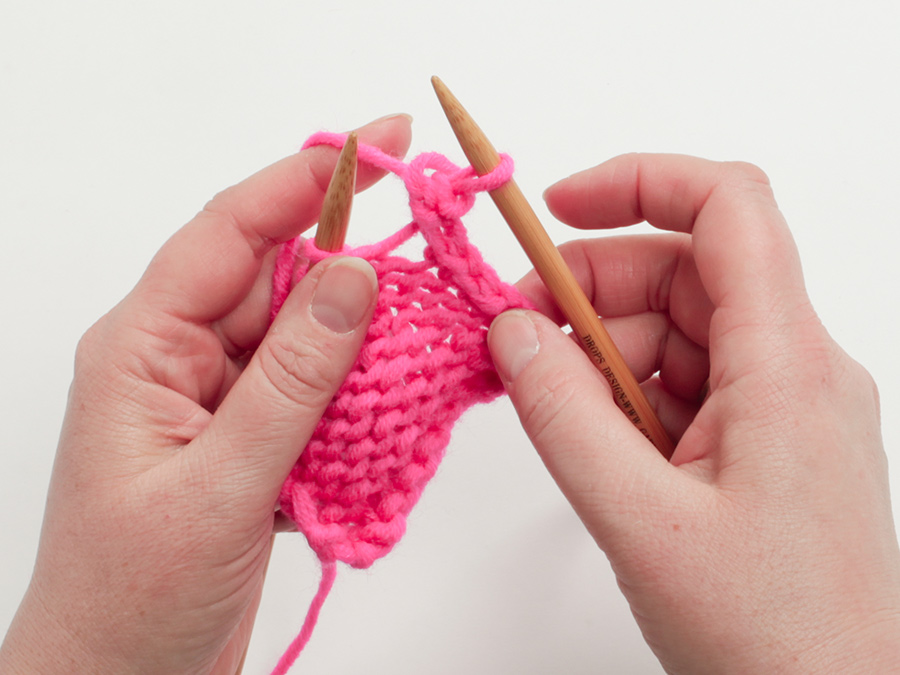

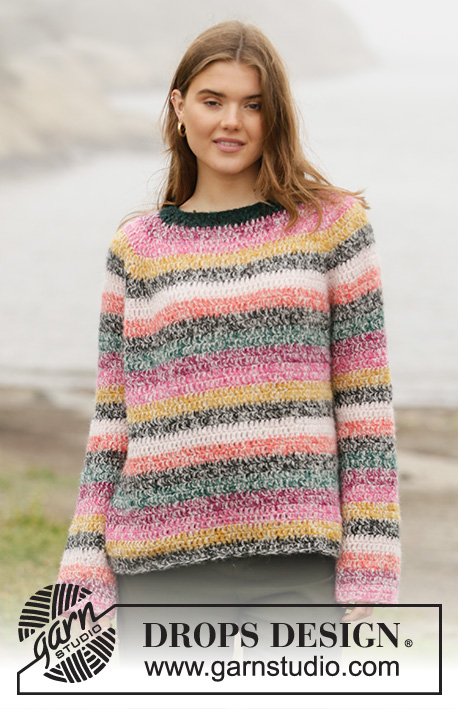
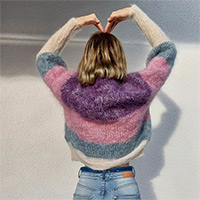
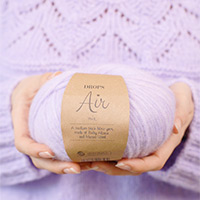
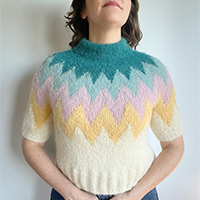
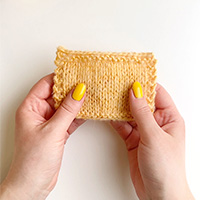
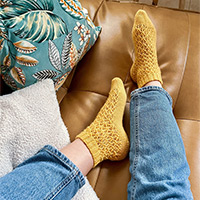
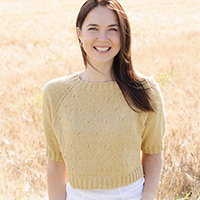
Comments / Questions (13)
Hallo habe nach der Anleitung die Wolle bestellt ,bei diesem Modell muss man zwei Garne zusammen stricken dabei blieb am ende von der wolle drops Delight 05 Beige Grau Rosa mehr übrig als von der Drobs Delight 01 Grau könnten sie mir weiterhelfen
20.02.2021 - 11:35DROPS Design answered:
Liebe Frau Sari, so kann auch passieren, wenn man 2-Fädig strickt, kann man von 1 Garn etwas mehr benutzen/stricken. Gerne wird Ihnen Ihr DROPS Laden damit weiterhelfen. Viel Spaß beim stricken!
22.02.2021 - 07:57Bonjour, Merci pour ce joli modèle. Je suis en train d'entamer le bas du dos et devant. Quand je place mes mailles sur le fil et que je tourne, cela crée un trou. Comment faire pour éviter cela Merci Marie
29.12.2020 - 16:11DROPS Design answered:
Bonjour Mme Thouvenin, lorsque vous tricotez les rangs raccourcis du bas du pull, vous pouvez utiliser la technique de base en serrant le fil pour éviter les trous ou bien celles des mailles enveloppées (= voir ici sur l'endroit et là sur l'envers). Bon tricot!
04.01.2021 - 11:45Bonjour j'aimerai faire ce modèle mais il n'y a plus de gris en stock. Si je choisis la couleur n° 8 quel fil dois je joindre à la place du gris. Cordialement marie
25.11.2020 - 21:42DROPS Design answered:
Bonjour Mme Thouvenin, n'hésitez pas à contacter votre magasin - même par mail ou téléphone - pour toute assistance au choix des couleurs, on saura vous aider et vous conseiller. Bon tricot!
26.11.2020 - 10:28Hallo, das ist mein erster Pullover seit sehr langer Zeit, bin jetzt am abgerundeten Vorderteil angekommen und frage mich, ob die Maschen wirklich nur wie in der Anleitung (>>diese 3 Maschen zu den stillgelegten Maschen der vorderen Mitte legen, wenden, links stricken>>) - ohne Umschlag oder ähnliches - auf die stillgelegte Nadel geschoben werden? Viele Grüße
28.11.2019 - 11:42DROPS Design answered:
Liebe Frau Warzecha, es sind hier verkürzten Reihen, die können Sie nach Ihren gewönchlichen Technik stricken - hier finden Sie die Grundlage oder mit Umschlag - Hinreihen und Rückreihen. Viel Spaß beim stricken!
28.11.2019 - 12:08Buongiorno, mi piacciono molto i vostri modelli e vorrei capire se la taglia S si riferisce alla taglia italiana 42 grazie
14.11.2019 - 11:47DROPS Design answered:
Buongiorno Maria Rosa. Le taglie Drops vestono comodo. Alla fine delle spiegazioni, tova un grafico con le misure in cm. Confrontando le misure indicate con quelle di un maglione la cui vestibilità la soddisfa, riesce a trovare la misura giusta da lavorare. Buon lavoro!
14.11.2019 - 14:06A mnie wychodzi po podziale robótki tył 78 a nie 77 coś robię nie tak?
10.10.2019 - 09:24DROPS Design answered:
Witaj Elżbieto! Coś tam się pewnie pomyliło po drodze, nie martw się, gdzieś na tyle po prostu przerób 2 o. razem na prawo i będzie 77. Miłej pracy!
05.11.2019 - 16:12Hello! Please have some video demonstrating how to do the ELEVATION (for back of neck)?
09.10.2019 - 14:58Leila Sabio Sassaki answered:
I'm sorry... I just saw that there is an explanatory video... Was on the phone and had not appeared to me before...
09.10.2019 - 15:02Skikkelig kul genser, venter på mønsteret
30.08.2019 - 14:17Sehr schön, warte auf die Anleitung.
26.08.2019 - 23:22Wunderschön! Den würde ich gerne nachstricken :-)
20.07.2019 - 16:04